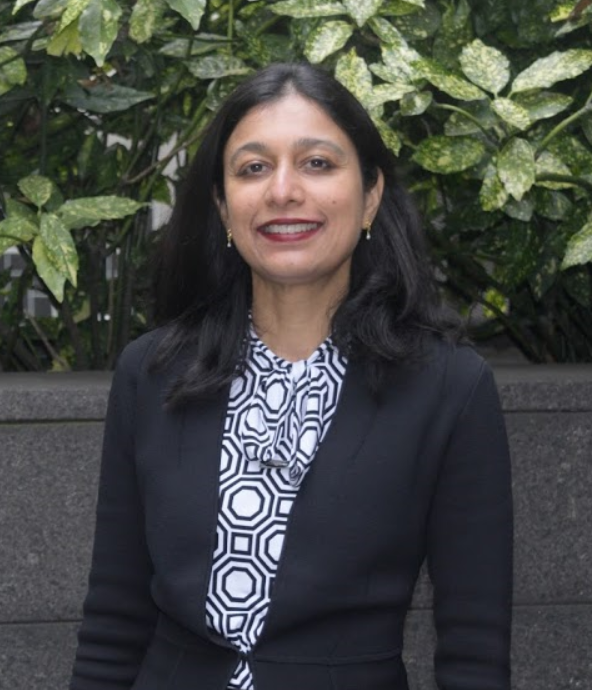Open Banking has been top of the agenda for banks across the world this year and likely to gain even more momentum in 2018. It is a collaborative model in which banking data is shared through APIs between two or more unaffiliated parties to deliver enhanced capabilities to the end-customer.
The use of APIs as opposed to non-standard ways such as screen-scraping or manual downloads, improves the speed, ease and security of collaborating with third parties.
Understandably, as custodians of customers’ financial data, banks are worried about unauthorised data access risks. Then there are the additional costs of vetting third parties and of supporting the open APIs they publish.
However, as proprietary relationships and proprietary information become relegated to the past, and customers create their own virtual banking universe that is a portfolio of cherry-picked offerings from multiple providers, we believe that those banks that proactively position themselves at the centre of this universe rather than those that find themselves at the periphery, will be the winners.
Accelerated in Europe by PSD2 and related industry initiatives in countries like Germany and UK, 2017 has already seen a number of banks embrace open banking. Nordea and BBVA launched open API platforms to attract third-party developers. HSBC in the UK recently test-launched its Open Banking app where customers can add accounts, loans and mortgages from up to 21 banks and access targeted spend analysis and advice.
A full launch is expected in early 2018. Even in Australia, Macquarie bank has released an open banking platform for customers to securely transfer data to third-party budgeting apps or accounting software.

US Tariffs are shifting - will you react or anticipate?
Don’t let policy changes catch you off guard. Stay proactive with real-time data and expert analysis.
By GlobalDataGoing forward, we foresee that open banking will see the traditional full-service bank morph into new business models such as the ‘aggregator or distributor’ where the bank sells third-party products to its own customers, the ‘manufacturer’ where the bank sells its own products to other customer-facing institutions, or the ’B2B platform’ where the bank facilitates the exchange of financial products and services between multiple distributors and manufacturers.
The platform model
The platform model is being successfully adopted by online retail marketplaces. Amazon, Alibaba and Rakuten are merging value chains of various industries with banking to create digital ecosystems that deliver a wide range of products and services from a unified, customer-centric platform.
Compared to banks, they are more central in their customers’ lives and better able to exploit the data that they own.
However, banks have several historic advantages – rich transaction data, trusted client relationships, compliance prowess and capital – that they could exploit to create their own platforms. McKinsey estimates that banks that can capture a share of some non-banking markets through the platform model could elevate their ROE by ~5% above the current industry average.
By accessing and mining transactional data from multiple third-parties in addition to their own, banks could provide next-generation financial services not only to existing customers but also extend their reach to under-served or unbanked segments.
Once the end-customer sees tangible benefits: greater personalisation, more transparency, wider choice and more convenience, open banking will truly take off.
Kanika Hope is Strategic Business Development Director at Temenos








